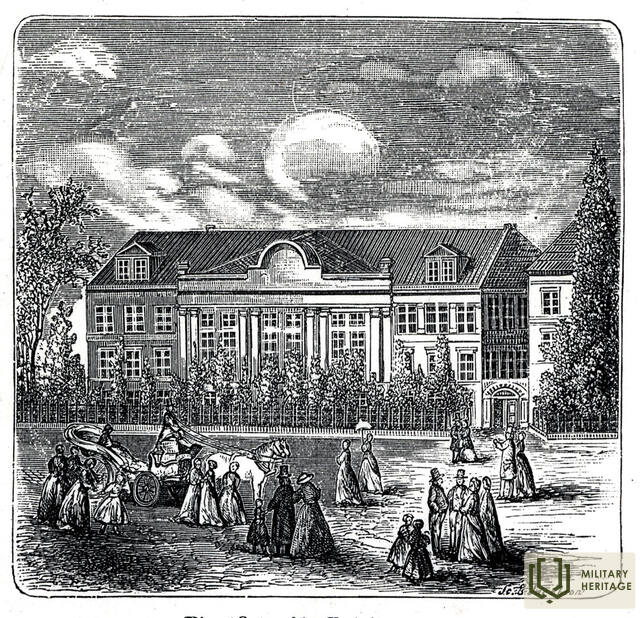The first Latvian political organizations
The formation of Latvians as a nation took place under various conditions and over a long period of time. It was influenced by administrative and economic reforms in the territory of Latvia, and one of such developments was the formation of new public and political organizations. The creation of the Latvian nation, as elsewhere in Central and Eastern Europe, was the result of a national movement initiated by educated Latvians. Educated Latvians and their offspring joined these organizations.
The frontier in the life of Latvian society was the 1905 revolution. Initially driven by external circumstances, the revolution gained widespread support among Latvians. The course of the revolution, the formulation of Latvian interests, and the brutal repression of unrest facilitated political discussions and the formation of various political directions in Latvian society. After the revolution, illusions about the political regime of tsarist Russia and its goals disappeared in Latvian society. Immediately after the revolution, various organizations began to form en masse, starting with Latvian choirs and ending with political parties.
One of the organizations is the Riga Latvian Society, which is the oldest officially founded Latvian organization. The association was founded in 1868, but its origins can be traced back to the first half of the 19th century, when the first attempts at Latvian association were made in the then German city. The initiators of the founding of RLB were B.Dīriķis, architect Jānis Fridrihs Baumanis and writer, publicist and economist Rihards Tomsons. One of the main goals of the association's statutes was to help "those in need". The second goal - to spread "useful knowledge, as well as fair order and all kinds of enlightenment among the Latvians here" was a nationally determined trend. It has an outstanding significance in the history of the nation and it has the roots of several significant modern Latvian educational, cultural and scientific institutions, as well as Latvia's national independence.
In turn, the first Latvian organization whose activities corresponded to the definition of a political party was the Union of Latvian Social Democrats, led by Miķelis Valters and Ernest Rolavas, which was founded on July 22, 1903. This party, rooted in the ideas of socialism, is better known for expressing the idea of Latvia's sovereignty. Until the First World War, the two most important clusters were socialists and civic parties. Among the socialists, the most influential was the Latvian Social Democratic Workers' Party (LSDSP), founded in 1904, where around 1912 the wings of big and small were clearly marked. Along with the LSDSP, there were also markedly left-wing Russian and Jewish socialist parties in Latvia.
More information sources
Extensively. J. 2021. Political parties in Lithuania. Available: https://enciklopedija.lv/skirklis/25856 [accessed on 06.05.2021].
Riga Latvian Society. History of the Riga Latvian Society. Available: https://www.rlb.lv/rlb-vesture [accessed 06.05.2021].
Latvian National Museum of History. Latvians in the 19th century in the second half of the 20th century. at the beginning: national self-confidence, culture and public life. Available at: http://lnvm.lv/?page_id=5515 [accessed 06.05.2021].
Related stories
From Adolf Ers' book "Vidzeme in the Freedom Fights" about the life of refugees in Valka
From the time of the refugees, Valka agreed to play a more important role than other cities in Vidzeme, because the politically active newspaper Līdums was located here, where Latvia's spiritual and political weapons were minted, and also because there was a crossroads where roads from three On the Latvian side: from Riga, Alūksne, Mozekile, and also from Estonia and Russia, she had links with refugees everywhere - in Tartu, Pliskava, Moscow and St. Petersburg. There was a large refugee center here.




